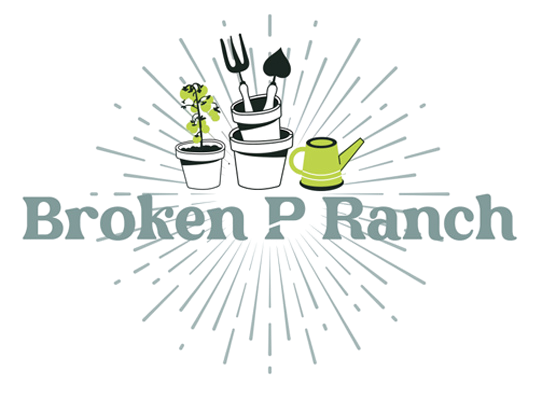Buy Heirloom Seeds?
Looking to buy heirloom seeds and start your own heritage garden? Heirloom seeds offer more than just food—they preserve history, flavor, and resilience passed down through generations. In this guide, I’ll share everything you need to know: what heirloom seeds are, why I love them, how to grow them successfully, and where to buy heirloom seeds from trusted sources.
In today’s ever-changing gardening world, heirloom seeds remain a timeless treasure. As a seasoned homestead farmer, I’ve come to love these seeds for their rich history, bold flavors, and incredible resilience. In this guide, I’ll share what heirloom seeds are, why I grow them, tips to cultivate them, and where you can find authentic heirloom seeds for your garden.
What Are Heirloom Seeds?
Heirloom seeds are open-pollinated plant varieties passed down through generations. Unlike hybrid or genetically modified seeds, heirlooms retain their original traits, offering rich taste, natural resilience, and a story behind every plant. Often over 50 to 100 years old, they represent the heritage of agriculture and support biodiversity.
Why I Prefer Heirloom Seeds
1. Superior Flavor:
Heirloom varieties are bred for taste, not transport. You’ll notice deeper, more complex flavors in tomatoes, peppers, and beans compared to store-bought options.
2. Greater Hardiness:
Heirloom seeds adapt over generations to local climates, making them more resilient to pests, diseases, and unpredictable weather.
3. Seed Saving:
One of the best parts? You can save heirloom seeds each season and replant them, saving money and encouraging sustainability.
4. Biodiversity Preservation:
Growing heirloom seeds helps protect plant varieties from extinction and promotes genetic diversity in our food system.
5. Cultural and Historical Significance:
Each heirloom seed has a story—whether it’s a tomato from Italy or a squash grown by Native Americans. You’re planting history in your backyard.
Tips for Growing Heirloom Seeds Successfully
Choose Region-Specific Varieties:
Select heirlooms suited for your climate. Look for seeds adapted to your USDA zone or local growing conditions.
Prepare Rich Soil:
Amend your soil with compost or organic matter. Heirloom plants thrive in fertile, well-drained earth.
Practice Companion Planting:
Pair your heirloom seeds with plants that deter pests and attract pollinators. Marigolds, basil, and beans make great companions.
Support Structures:
Some heirloom tomatoes and pole beans require trellises or cages. Keep them upright to encourage air flow and prevent disease.
Rotate Crops:
Avoid planting the same heirloom vegetable in the same spot year after year. Rotation helps reduce soil-borne diseases and pests.
Save Your Seeds:
Let a few plants go to seed. Harvest, dry, and store them in a cool, dry place for next season’s planting.
Vegan and Gluten-Free Gardening Options
Looking for inclusive planting options? Many heirloom vegetables like kale, squash, and beans are perfect for vegan and gluten-free diets. Choose heirloom varieties for robust flavor and allergen-friendly produce.
Where to Buy Heirloom Seeds
Seed Savers Exchange:
A non-profit dedicated to preserving rare and endangered heirloom seeds.
Baker Creek Heirloom Seeds:
One of the largest selections of non-GMO heirloom seeds online.
Farmers’ Markets:
Local farmers often sell heirloom produce and seeds specific to your region.
Online Communities and Forums:
Connect with gardeners who trade heirloom seeds in niche Facebook groups or gardening forums.
Community Seed Banks:
Some local libraries and gardening centers offer free or low-cost heirloom seed exchanges.
Final Thoughts: Planting the Past, Growing the Future
Growing heirloom seeds isn’t just about harvesting vegetables—it’s about cultivating stories, preserving tradition, and empowering yourself with seed sovereignty. Whether you’re starting a garden or expanding your homestead, heirloom seeds bring unmatched flavor, sustainability, and history to your soil.
